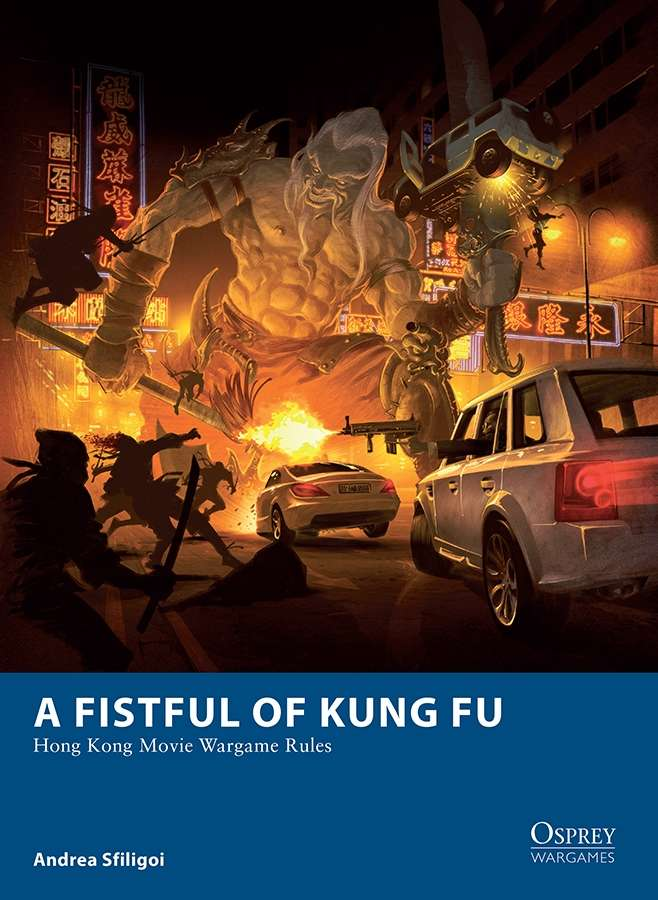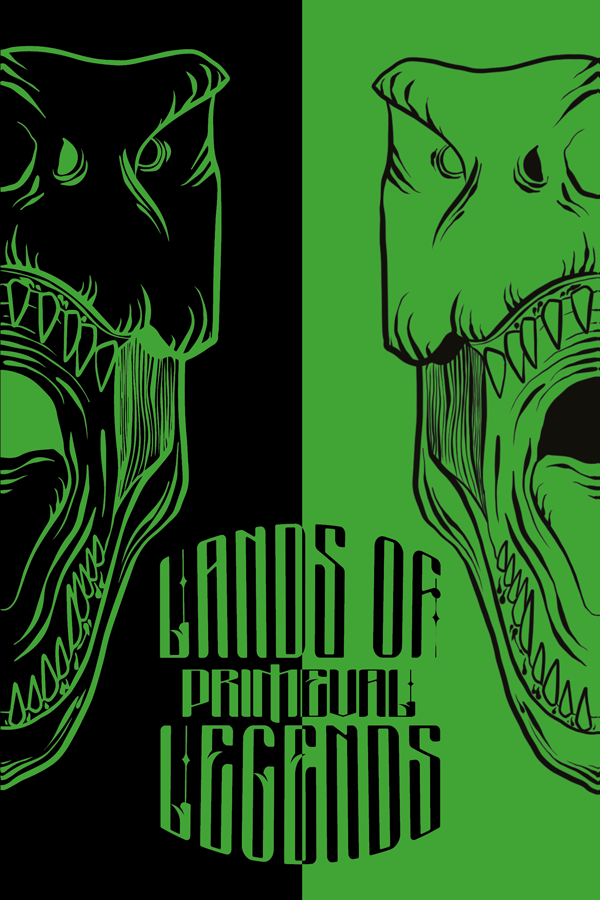Here's a d12 table with twelve Magical Mishaps for your OSR game of choice, wether is Old-School Essentials, Labyrinth Lord, Sword & Wizardry, or any other clone of OE, B/X, or BECMI Dungeons and Dragons.
These are a preview from the new, alternate Magical Mishaps table that will be included Axian Library, currently on Kickstarter.
Of course the full table will include 100 results, to complement the original table from Wondrous Weavings Warped and Weird, totaling 200 different effects!
They are, in turn, a functional part of the whole alternate arcane magic system detailed in Wondrous Weavings Warped and Weird, which empowers the the players of magic users to break the rules of magic, if they are willing to take some risk....
These mishaps have effects that are not "Spell range is reduced by 10%". Who needs these? I don't. I want actual consequences and the possibility to create fun, interesting, challenging situations that push the game and the story on.
Hope you'll like them!
d12 Magical Mishaps
Roll a d20. If the listed effect affects the target, and the intended spell didn't target a creature, the effect is applied to the caster.
- The target transforms into a number of little frogs equal to their current hit points, for 1d6 rounds. The target’s consciousness controls all the frogs at once, and may speak (and cast spells) through one frog per round. At the end of the effect, the target’s hit points are equal to the number of surviving frogs. Frogs have the same statistics as normal rats, except they inflict no damage (and no poison).
- All creatures within 100’ of the target (included) take on the illusory appearance of the caster, for 1d6 rounds.
- The floor 100’ around the caster becomes covered with…. Roll 1d6. 1: 500,000 copper pieces; 2: Scrolls with scrawled portraits of the target; 3: Cream; 4: Oil; 5: Pillows; 6: Caltrops.
- The caster (with all their equipment) becomes a lesser Djinni for 2d6 rounds or until its Hit Points are depleted. While transformed, the caster is unable to cast spells, but acquires all the characteristics and abilities of the Djinni. Lost Hit Points don’t carry over when the transformation ends.
- The target becomes made of 5,000 tiny diamonds for 1d6 rounds. If killed before the effect ends, the diamonds become permanent and are worth 20 gp each.
- The caster becomes immaterial and cannot affect, nor be affected by, the physical world. They can move through walls, and interact with other immaterial beings such as ghosts and spirits, and can attack them as if their attacks were magic weapons. The effect lasts until the character makes a save vs spell (one attempt per turn).
- Supernatural darkness gathers around the caster. Anyone seeing them must save versus paralysis or be paralyzed with terror. Paralysis is broken if the caster goes out of sight, or when the darkness dissipates after 1d6 rounds.
- A red cap appears on the caster’s head and other heads within 100’ (this includes statues, paintings, and so on). Any headgear previously worn disappears, and reappears in place of the red caps after 1d6 rounds.
- All the humanoids within 100’ of the caster (included) become ethereal together with their equipment, except for their bones. For 1d6 rounds they can act as skeletons, with the same game statistics and abilities, except they are not considered undead. Any hit points lost as skeletons are carried over when the effect ends and the bones are reabsorbed within their de-etherealized bodies. Boneless creatures are unaffected.
- All items held by a hand within 100’ of the target (included) become flowers. The original items reappear in place of the flowers after 1d6 rounds.
- The target is wrapped in iron chains fastened with four padlocks, and is unable to move and act.
- The spell appears inscribed on a scroll wrapped around the target’s head (or the caster’s If the target has no head, or there is no target). The target is blinded until they spend one round to unwrap the scroll.


















